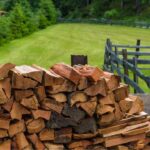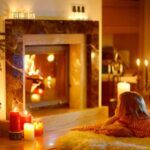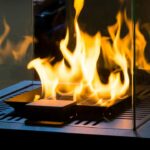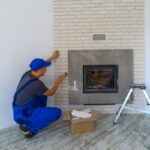Welcome to our in-depth explanation of your home’s fireplace and chimney. This guide is designed to familiarize you with the integral parts of these structures and their crucial roles in your home’s safety and comfort.
We’ll break down every component, from the basic firebox to the protective chimney cap.
We will explain their functions, the typical materials used, and how they collaborate to create an effective, safe heat source.
Beyond understanding the anatomy of these structures, it’s important to know how to maintain them properly and spot early signs of needed repairs.
We also include essential tips on the care and maintenance of your fireplace and chimney and indicators of issues that may require professional attention.
Whether you’re a homeowner keen on knowing more about your fireplace, or someone interested in the inner workings of these fascinating structures, this comprehensive guide will be informative.
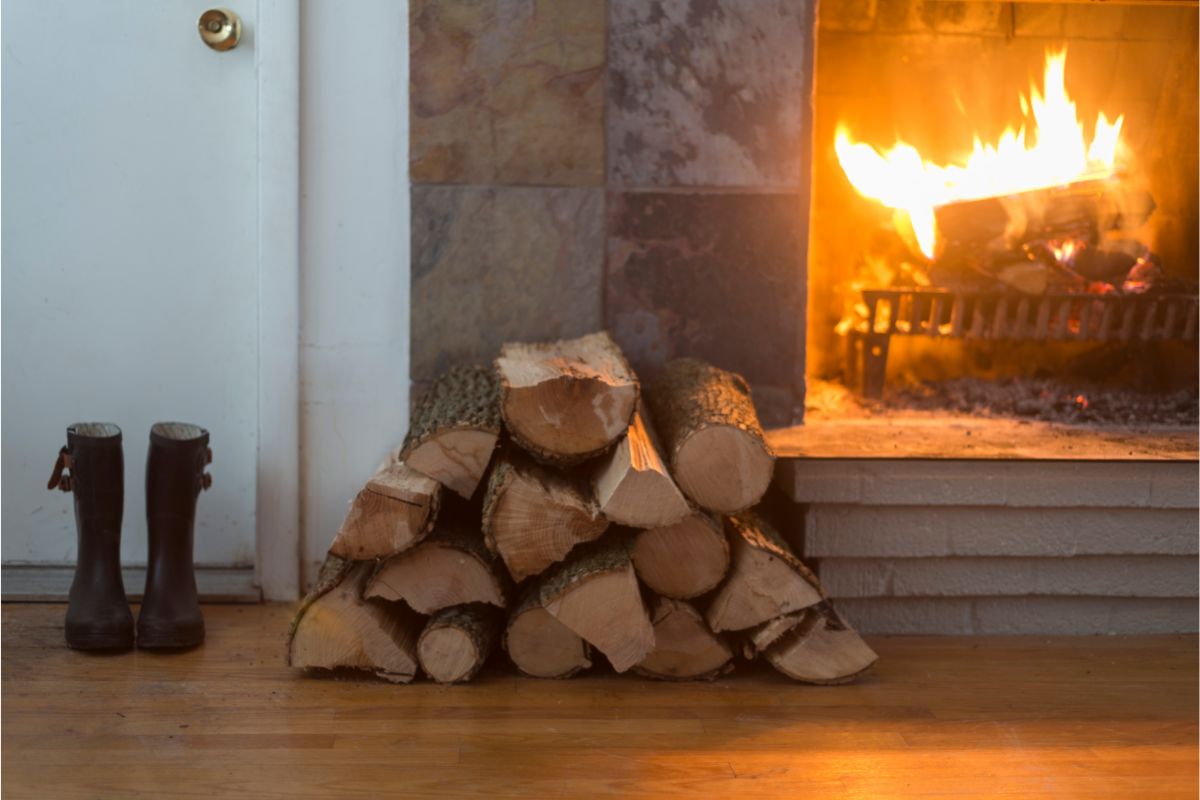
Firebox
The firebox is the fundamental component of a fireplace where the fire is created. It is rectangular or square and surrounded by fire-resistant materials such as firebricks.
In certain fireplaces, a damper is positioned at the bottom of the firebox, in the chimney throat.
The fireplace opening is the front of the firebox, where glass doors or a fireplace screen might be attached.
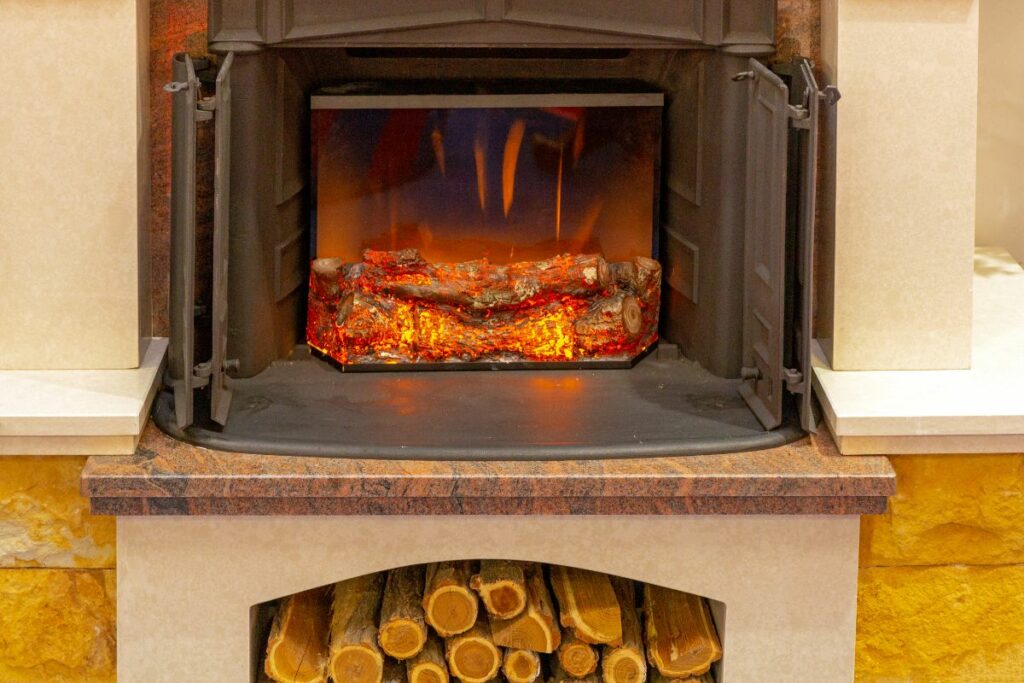
Hearth
The hearth is located at the base of the fireplace. It forms the bottom of the firebox and extends in both directions into the chamber. It’s what a fire is built on or what a fireplace grate rests on, and it protects your home’s flooring from fire heat.
The inner fireplace refers to the fireplace within the firebox, whereas the outer fireplace refers to the platform extending into the room.
Since a fireplace must survive high temperatures, it must be made of noncombustible materials. Granite, stone, ceramic, marble, brick, concrete, and quarry tiles are common hearth materials.
All fireplaces that burn solid fuel must have a hearth, and the size and depth of the hearth must adhere to local building laws and requirements.
A fireplace screen is placed on the hearth to prevent hot embers from entering the room.
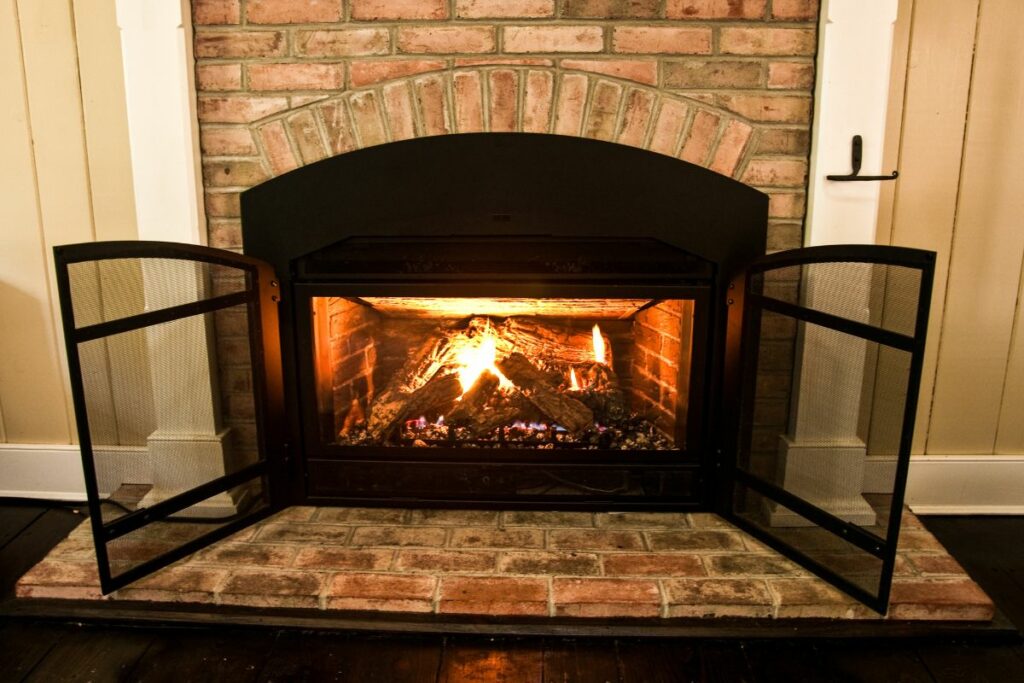
Fireplace Face
The fireplace face is the protruding section surrounding the fireplace opening that projects into the room.
Similar to the fireplace and firebox, it is also constructed of an ignitable material. The front of the fireplace in our living room is made of the same material as the hearth: concrete. The coating is black to match the firebox.
Instead of a face, a fireplace may feature a fireplace surround.
Surround

A fireplace surround, while resembling the fireplace’s face, is generally more of a decorative feature. It is typically found wrapping around the opening of the fireplace. Unlike the face, the surround is often made of combustible materials.
Fireplace surrounds are traditionally made from stone, wood, brick, marble, metal and tile. The different materials are used to produce the vibe you are looking for. For example, stone and brick have a more traditional look. Using metal will give you a modern or industrial feel.
Back Panel
The rear panel of the fireplace is located between the fireplace’s entrance and its surround. It may enhance the fireplace’s design by complementing the hearth’s appearance.
They are often made from cast iron or stone and have the added benefit of improving insulation.
Mantel
The mantel sits atop the fireplace surrounding or in front of an open fireplace.
The mantel provides a shelf for displaying ornaments and other items, but it can also prevent fireplace smoke from entering the room.
The mantel in our living room is made of concrete, but the mantel I removed from the fireplace surround in our kitchen was constructed of wood.
The most popular mantels are made from wood, with oak being the preferred choice. Oak is ideal as it’s a strong and durable wood. It is also resistant to warping or cracking due to high heat. The natural grain of oak has a beautiful look that adds a touch of elegance to any room.
Modern designs will include steel, glass and marble. Steel is a great option for a contemporary look, while glass and marble can offer a more transitional feel.

Lintel
The lintel is between the chimney throat and the fireplace surround, above the firebox. Its principal role is structural, helping to disperse the weight of the chimney breast across the fireplace’s sides.
Lintels are usually constructed from stone/granite, steel, cast iron or brick. You will also see wooden beams, especially in older houses.
Even though the main function of a lintel is load bearing, lintels can also be decorative. For example, you may add carvings to wood, and metal lintels often include a decorative design.
Chimney Throat
The chimney’s throat is located at the intersection of the chimney and the fireplace, at the chimney’s base, and atop the firebox.
In most fireplaces, a damper is located in the throat of the chimney.
Damper
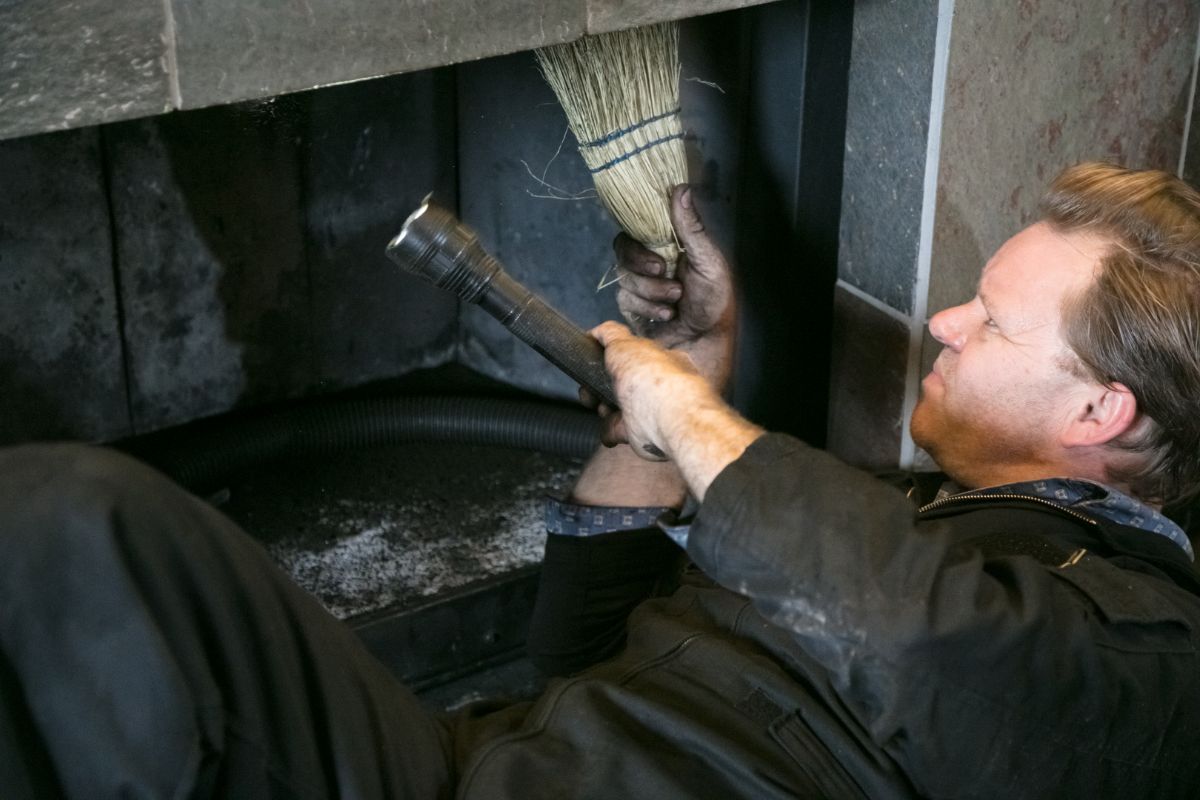
If a fireplace has a damper, it is often located in the chimney’s throat, although it can also be placed at the very top.
A throat damper is a plate made of fire-resistant material, such as metal or ceramic, covering the whole inside of the chimney and fitting right above the firebox.
A throat damper may be manually opened or closed using a handle or lever to prevent the loss of warm air from home while the fireplace is not in use.
Additionally, it may be used to close the chimney to reduce the draught from the fireplace.
If your top-mounted damper is located at the top of the chimney, a chain may swing down into the fireplace and be used to open and close the damper.
The damper must be opened before lighting a fire, or smoke will enter the residence instead of ascending the chimney.
Chimney
A chimney allows smoke and gases to flow from a fireplace and exit a dwelling safely.
The chimney ascends vertically from the top of the fireplace through the home’s roof. The chimney must reach a certain distance above the home’s roof for the fireplace to function properly.
The fireplace’s inner diameter, the chimney’s height, and the firebox’s size and entry must be decided to construct an effective fireplace.

Chimney Cap
The cap is positioned at the chimney’s peak and acts as its roof. Its main purpose is to prevent wet weather, animals, and debris from entering the fireplace through the chimney.
They also prevent sparks or embers from escaping the chimney. These embers could easily start a fire if they come into contact with combustible material.
Chimney caps are traditionally made from copper, aluminium, stainless steel, or galvanised steel.
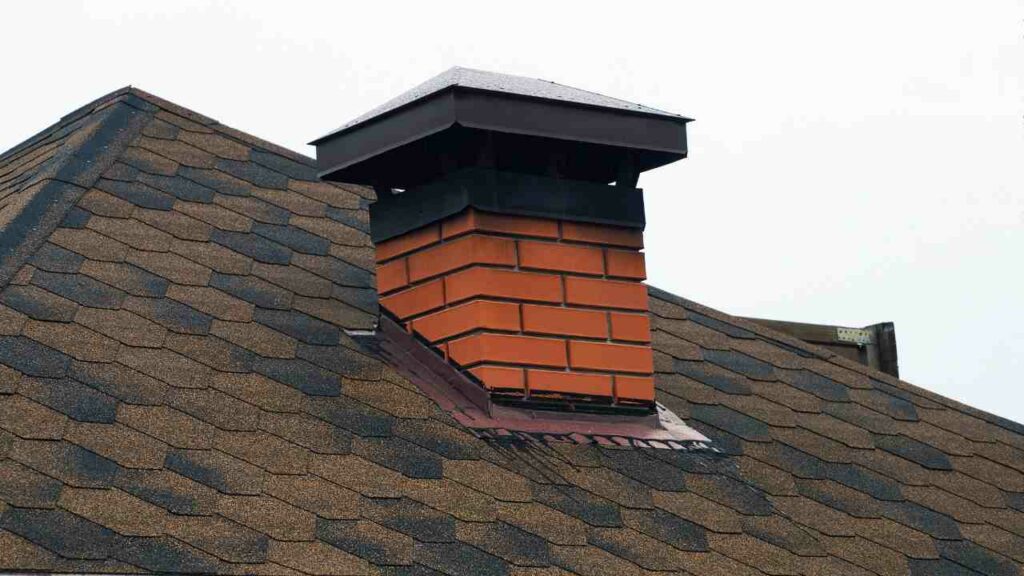
Chimney Crown
The crown is located adjacent to the chimney cap at the top of the chimney and helps to protect the contents within the chimney from the weather.
The crown keeps the chimney’s interior dry by deflecting water away from it.
Flue
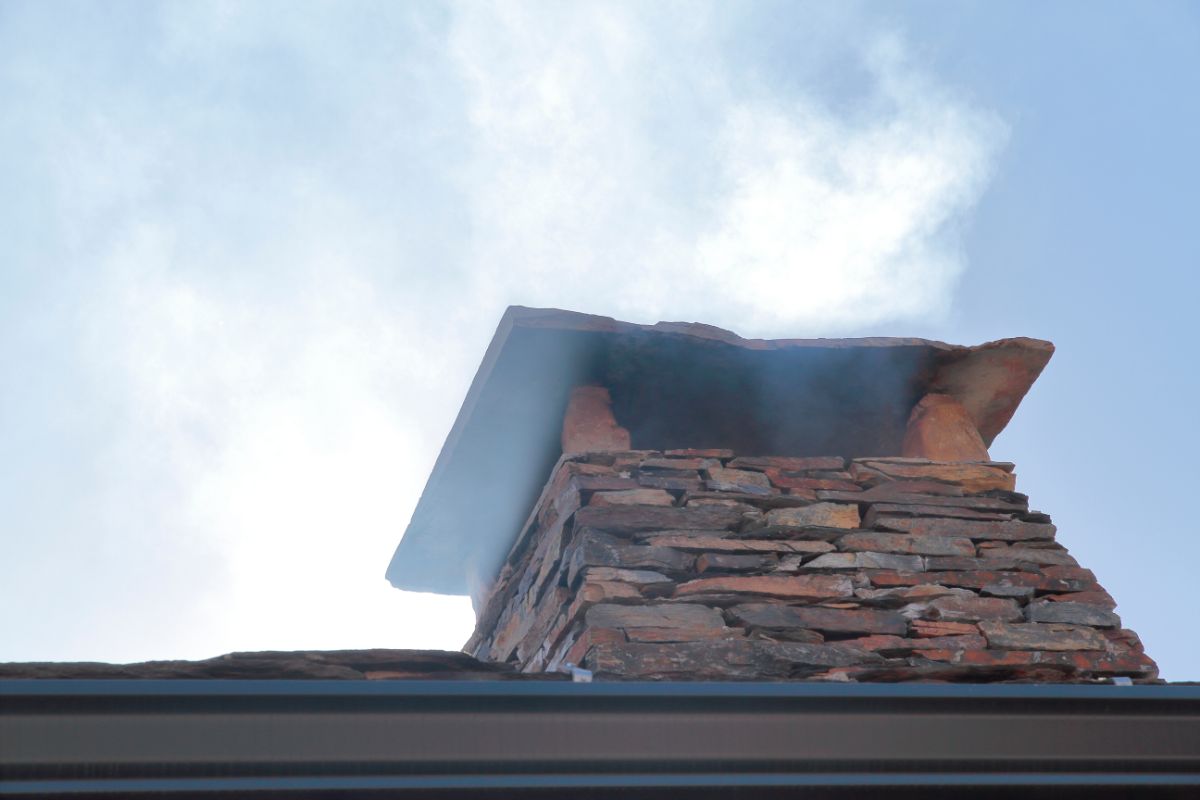
The internal conduit of the chimney is known as the flue.
The flue can be lined with a heat-resistant material, such as clay or ceramic, which protects the chimney structure from both moisture and the heat of the rising gases of a fire.
Glass Doors
Occasionally, glass doors are incorporated into the aperture of a classic fireplace.
Comparable to a damper, glass doors can limit heat loss from an unoccupied fireplace.
When a fire is present, the US Fire Administration (USFA) advises that fireplace glass doors be maintained open at all times.

Ash Tray
An ashtray or ash pit is a useful addition beneath a fireplace, serving as a collection and storage point for ash.
There might not be an ash tray in some fireplaces, like the one in our home, but that doesn’t mean you’re stuck with ash; there’s typically a clean-out door in the basement for easy removal of ash.
The firebox’s ash can conveniently fall into the ash pit through an ash dump, a simple yet effective solution.
And here’s a tip: don’t rush to dispose of the collected ash. It contains valuable nutrients like potassium, calcium, and magnesium. Instead of discarding it, you could repurpose the ash as a natural, cost-free fertilizer for your garden or lawn. Just remember to spread it out thinly.

Smoke Chamber
The smoke chamber is located just above the chimney’s throat and any throat dampers.
Before ascending the chimney, combustion byproducts are compressed in the smoke chamber.
Smoke Shelf
The smoke shelf prevents backdrafts from entering the firebox.
Additionally, the smoke shelf collects any water or debris that makes its way down the chimney and protects the firebox.
Frequently Asked Questions
What Are The Signs Of A Chimney In Need Of Repairs?
If you see any of the following, it’s time to speak to a professional!
- Smoke should always escape through the chimney; it should not seep into the room
- Likewise, if the odor of smoke increases, this could indicate a chimney fix may be needed
- Keep an eye on the color of the chimney; there could be trouble if the brick or mortar color changes
How Do I Clean My Chimney?
A chimney usually needs cleaning due to the build-up of creosote, which lines the chimney.
We recommend that you always use a chimney sweep.
How Do I Maintain My Hearth?
The hearth should be regularly checked for damage. The most prevalent is the appearance of cracks. Once discovered, any damage should be repaired immediately.
The hearth should be cleaned regularly; always remove the soot, ash or debris. You can use a stiff brush and wipe clean with a damp cloth.
- Discover the Ease and Elegance of Zero-Clearance Fireplaces - July 24, 2023
- How to Build a Frame for an Electric Fireplace Insert: A Step-by-Step Guide - July 16, 2023
- Bedroom Fireplace Ideas That Will Make You Want to Snuggle Up - July 16, 2023

